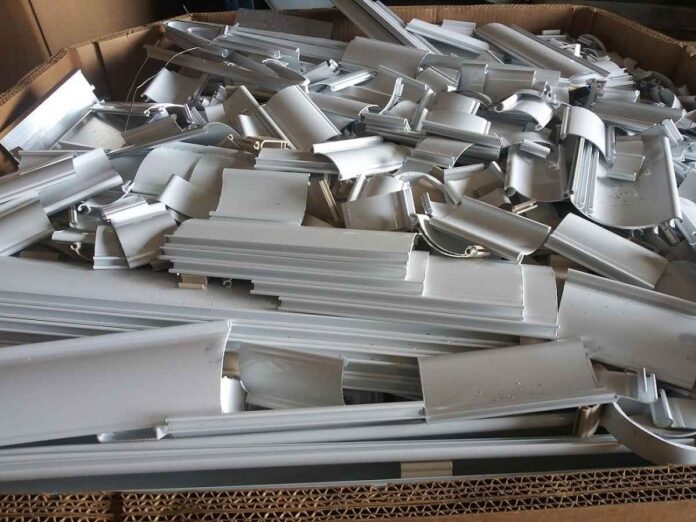From the roofs of homes to buildings, aluminum is one of the most commonly used metals in construction. Knowing current price trends, including how much aluminum is per pound, and what affects them can be helpful for anyone involved with aluminum production, buying, or selling. In this blog post, we’ll take a closer look at key market factors that affect aluminum prices per pound so you have a better idea of where the industry is headed in terms of pricing. We’ll also discuss how advancements in technology are furthering innovation within the industry and could potentially lead to lower costs when it comes to manufacturing aluminum goods. Read on as we uncover some interesting insight into this material that has become fundamental for today’s economy!
Supply and Demand
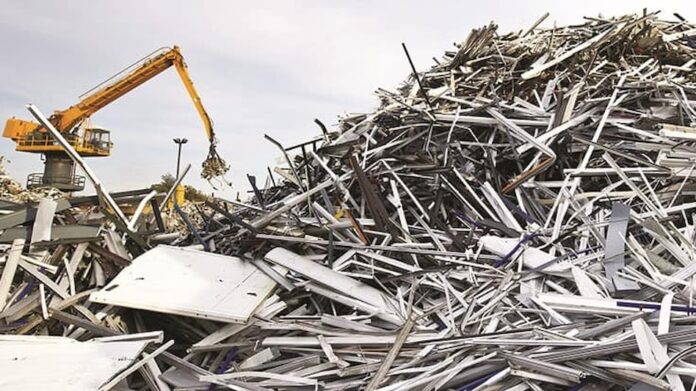
The price of aluminum per pound is heavily influenced by supply and demand. When there is an increase in demand for aluminum, the cost of production rises as more resources are required to produce the goods. For example, the automotive industry requires a significant amount of aluminum for manufacturing cars, so when there is an increase in demand for cars, the demand for aluminum also increases, which can lead to a rise in prices. If there is a decrease in demand for aluminum, then the prices tend to drop as producers look to reduce their inventory.
Economy
The overall state of the economy can also affect the price of aluminum per pound. When the economy is doing well, there is typically more demand for aluminum products, which can lead to an increase in price. During times of economic uncertainty or recession, demand for aluminum products may decrease, leading to a drop in prices. Inflation rates can also impact the cost of production and, in turn, the price of aluminum.
Global Trade
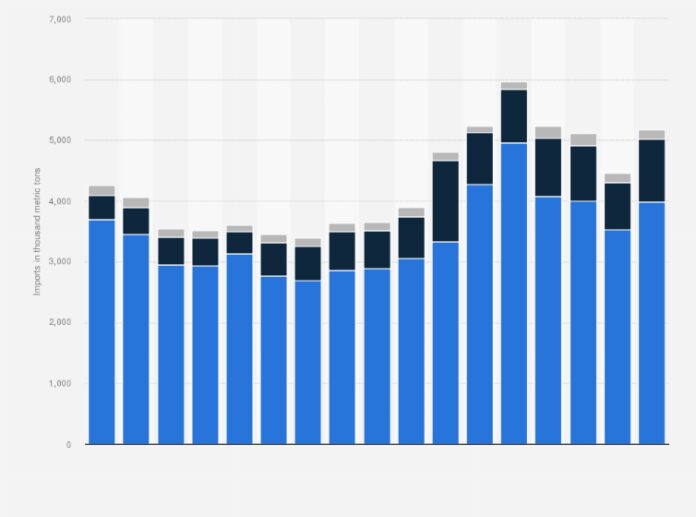
The global market also plays a significant role in determining the price of aluminum per pound. When countries enter into trade agreements with each other, this can have an impact on how much is exported and imported between them, which can affect the cost of production for goods that require aluminum. For example, if a country places a tariff on aluminum imports, it could lead to a rise in prices for aluminum goods produced within the country. If there is a shortage of aluminum in a particular region due to trade restrictions or other factors, prices could increase.
Seasonal Variations
Seasonal variations can also affect the price of aluminum per pound. Demand for certain aluminum products may increase during specific times of the year. During the spring and summer months, there is typically an increase in demand for outdoor furniture, which requires aluminum. This increase in demand could lead to a rise in prices due to the need for more production. This means during the winter months, there may be less demand for aluminum products, leading to a decrease in prices.
Government Regulations
Government regulations can have a significant impact on the price of aluminum per pound. Governments may impose taxes or other regulations that affect production, leading to higher costs for producers and consumers alike. Regulations on carbon emissions could lead to higher costs for aluminum producers as they work to reduce their carbon footprint. Similarly, taxes on imported aluminum could lead to higher prices for consumers.
Technology
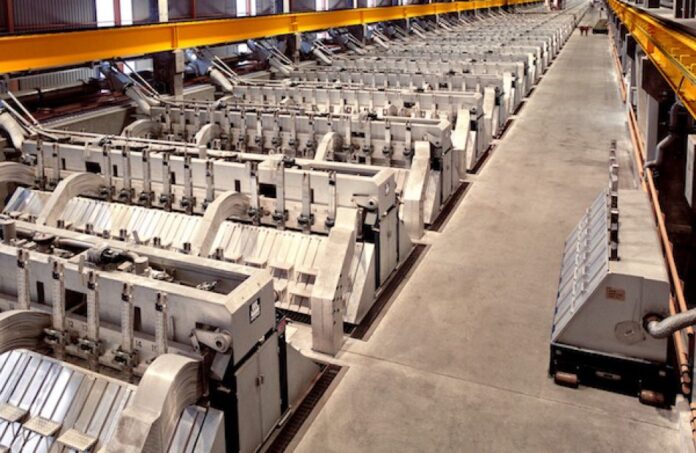
Advances in technology can have a significant impact on the aluminum industry. New methods of extraction and fabrication have made it easier to produce goods more quickly and at a lower cost, which can lead to a decrease in the price of aluminum per pound. New methods of smelting aluminum using renewable energy sources have helped to reduce the cost of production.
Recycling
Aluminum is one of the most recycled materials on Earth, with more than 75 percent of all aluminum being recycled. This reduces the need for new production and can lead to lower costs for consumers. Recycled aluminum requires less energy to produce than new aluminum, which can further reduce the cost of production and lower the price of aluminum per pound.
Substitutes
The availability of substitutes such as plastic, steel, or other metals can impact the demand for aluminum and, in turn, the price per pound. If there are more abundant or cost-effective substitutes available, this may lead to a decrease in demand for aluminum and a corresponding decrease in prices. If there are no viable substitutes for aluminum, demand may remain high, leading to higher prices.
Currency Exchange Rates
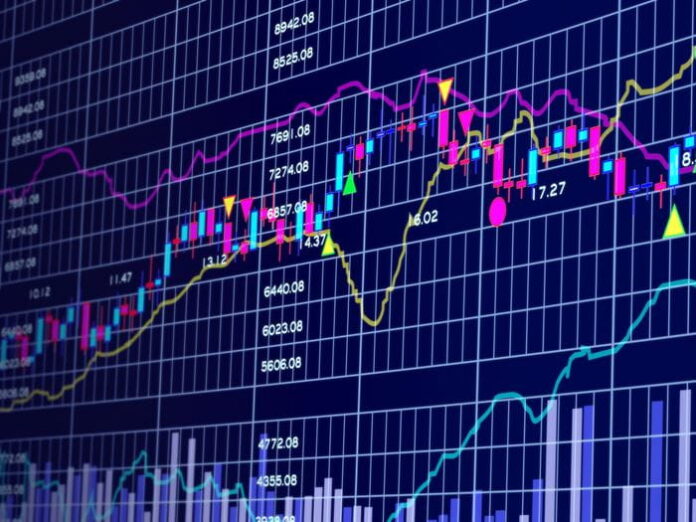
The exchange rate between different currencies can also affect aluminum prices per pound as the cost of production is linked to fluctuations in the currency market. In particular, countries that export a lot of aluminum may find themselves at a disadvantage if their currency depreciates against those of other nations.
Global Events
Global events such as wars or natural disasters can also have an impact on the price of aluminum per pound. In times of conflict, production may be disrupted, leading to increased costs for producers and higher prices for consumers. Similarly, natural disasters can disrupt supply chains and production, leading to a decrease in the supply of aluminum and a corresponding increase in prices. Geopolitical events like trade disputes or sanctions can also have an impact on the price of aluminum per pound as they affect the supply and demand dynamics of the global market.
Conclusion
In summary, there are many factors that eventually lead to a fluctuating price for aluminum per pound on the market. Whether it be economic downturn, global demand, or supply chain disruptions, these influences will all have an impact on the price of aluminum over time. Those looking to earn a profit from scrap metal should research and monitor these various factors in order to capitalize when conditions become favorable.
Partnerships with a reliable and trusted scrap metal removal company such as ScrapGators can help ensure you always receive top dollar for your aluminum. Ultimately, understanding the market fluctuations associated with aluminum per pound can provide substantial financial gains by simply scrapping old or excess materials.

